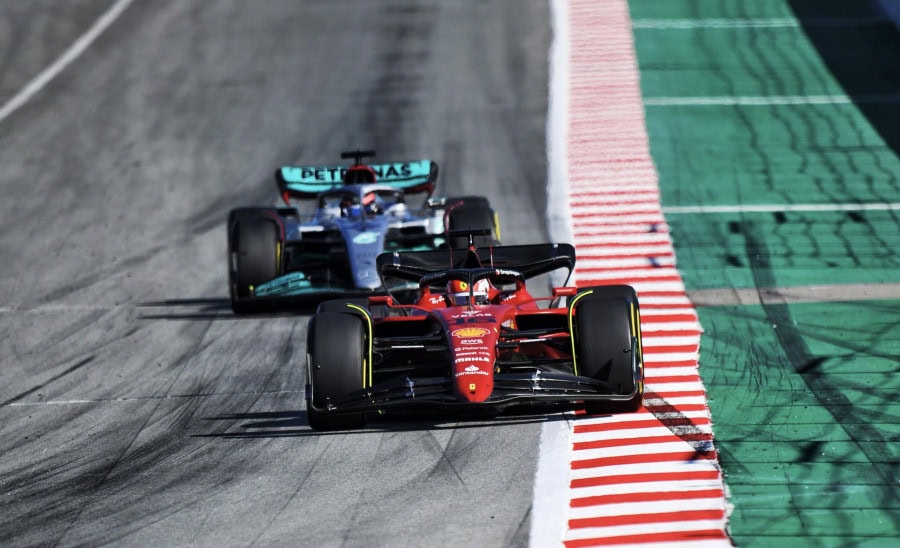FIA the Formula 1’s governing body is planning on introducing changes to reduce the effects of porpoising that drivers have suffered so far this year.
The latest example of the phenomenon affecting a driver occurred at Sunday’s Azerbaijan Grand Prix where Lewis Hamilton suffered severe back pains as a result of his car bouncing on the straights.
As a result, the ruling body has laid out a new technical directive to teams ahead of this weekend’s Canadian Grand Prix, laying out the measures it intends to take.
Measures include short-term steps like closer scrutiny of planks and skids underneath the car for design and wear as well as the definition of a metric that will set a quantitative limit for how much cars can bounce.
The formula to determine this metric was still being analyzed, the FIA said, with teams invited to contribute to the process.
FIA is also planning to convene a technical meeting with teams to define measures over the medium term that will reduce the tendency of the cars to “porpoise”.
Neither measure is expected to be in place for this weekend’s race in Montreal though.
“The FIA has decided to intervene following consultation with its doctors in the interests of safety of the drivers,” the governing body said in a statement
“In a sport where the competitors are routinely driving at speeds in excess of 300km/h, it is considered that … excessive fatigue or pain experienced by a driver could have significant consequences should it result in a loss of concentration.”
Radical rules overhaul ahead of the current F1 season means that cars now generate a significant chunk of their downforce from the underside of the floor. This has given rise to “porpoising”, in which the cars bounce dramatically at high speeds, like the motion of a Porpoise through water.
All the manufacturers have been affected to varying degrees with Mercedes and Ferrari suffering the most while the Red Bulls seem to have the problem under some control resulting in a championship and constructors lead for them.
Christian Horner, the Red Bull team principal seemed to suggest that others were overexaggerating the effects of “Porpoising” to force the FIA to enforce changes midway through the season which may allow them to catch up to the Red Bulls.










